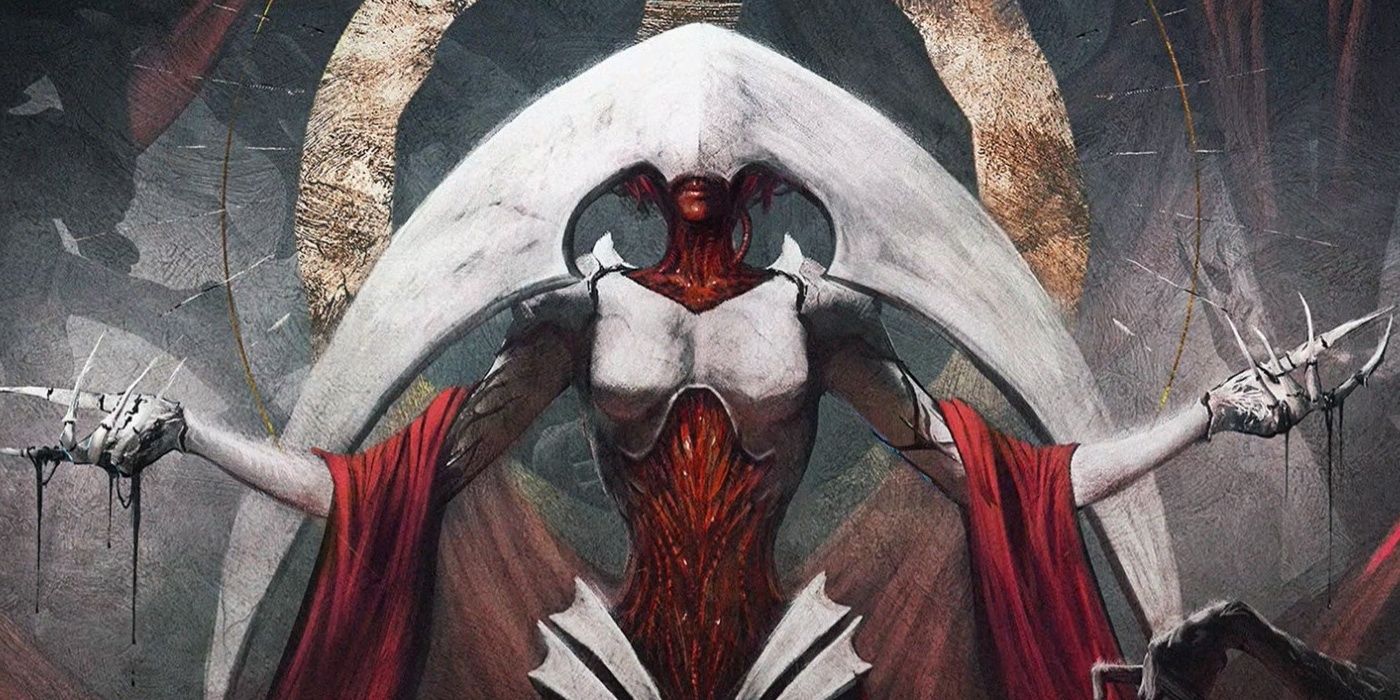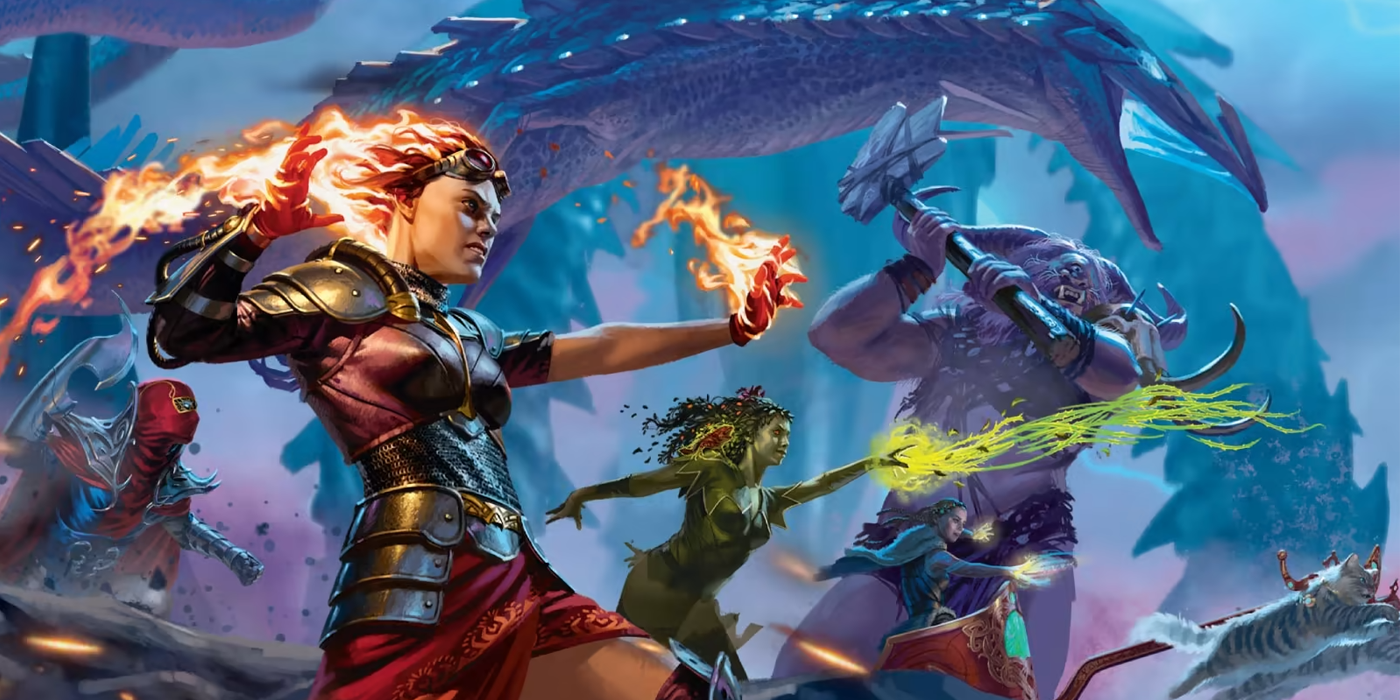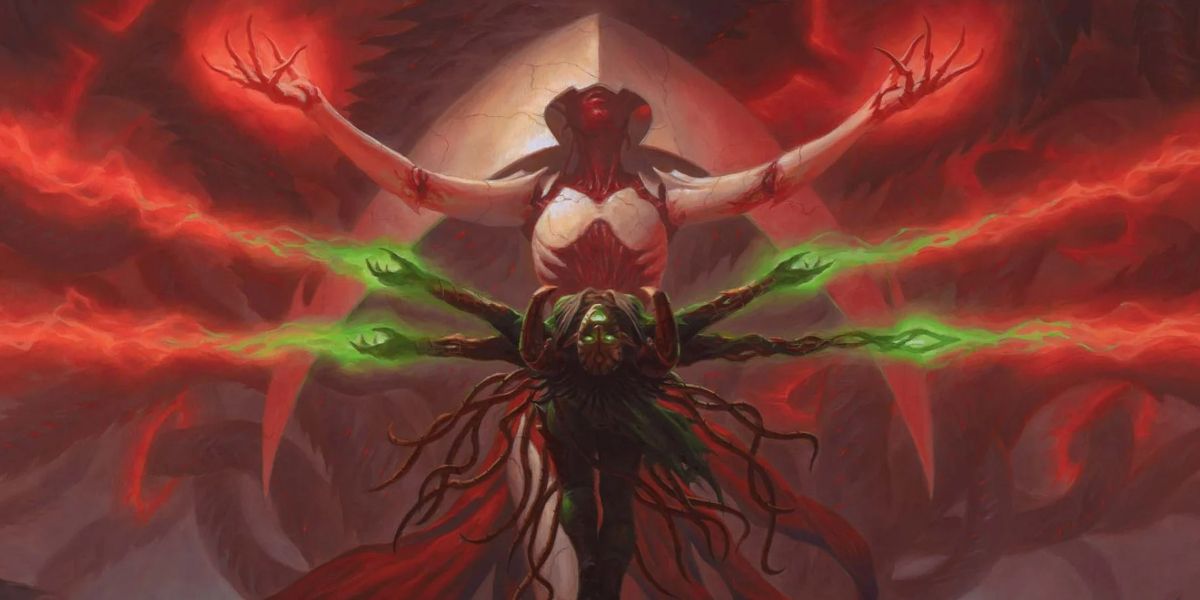Magic: The Gathering's recent few sets formed an unofficial block, telling the epic tale of Elesh Norn's great invasion of the Multiverse and the backstory of how Mishra became a key figure in Phyrexia's history. However, it wasn't an official block, so each of those sets had its own mechanical identity, as Wizards of the Coast intended -- for the better.
In previous years, MTG would release three-set blocks with cohesive mechanical identities, but this would often backfire. Some mechanics grew tiresome by the third set, and problematic effects like infect stuck around the whole time. Now, Phyrexia: All Will Be One stands as the only expansion featuring MTG's toxic mechanic, limiting toxic's impact on the game and preventing it from spiraling out of control.
Standalone Sets Are Ideal For Powerful MTG Mechanics
Wizards of the Coast had several clearly defined reasons to abandon the official block model, with the two-set Ixalan block being the game's final block in 2017 to 2018. As MTG officials stated online, the decision to abandon blocks was partly to strengthen the game's mechanical systems, with many three-set blocks stretching some mechanics too thin to the frustration of the community. These blocks sometimes created "parasitic" mechanics that relied too heavily on a block's context, and which usually join the ranks of MTG's lesser-known, more obscure mechanics years later. Most of all, though, the new single-set model prevents powerful effects like infect and toxic from spiralling out of control.
Each expansion set in MTG has its own distinct mechanical identity, even if those sets are part of an unofficial, lore-based "block" like the Dominaria and New Phyrexian saga. This "block" contains four sets, but among them, only Phyrexia: All Will Be One actually has toxic, or the new version of infect. Even if toxic is a nerfed version of infect, as it doesn't use -1/-1 counters, toxic still appears on strong, heavily pushed creatures that could've taken over the meta if they appeared in more than one set.
As it stands, All Will Be One is a self-contained phase of MTG where toxic's impact is relatively limited. Years ago, infect totally changed how the game was played, which upset many fans -- but infect was prevalent for three whole sets, unlike toxic. If toxic proves to be too strong or warps the game, then MTG players can rest easy, confident that WotC won't print any more creatures with toxic beyond the scope of All Will Be One.
Individual MTG Sets Give Strong Mechanics More Flexibility
The new "three-in-one" model is optimized for keeping both strong and weak mechanics in MTG in check. No longer is WotC committed to using the same mechanic for three sets in a row, so overpowered effects like infect and toxic are restrained, while weak, uninteresting mechanics can be ejected from the game after just one set, not three.
This model is highly flexible, because while most sets have unique mechanical identities, WotC may choose to continue a strong, interesting mechanic in the very next set and give the players more of what they want. The same applies for Magic: The Gathering's lore -- a story may be told in one set or several, and this is crucial for today's era of interconnected planes. The game's mechanical identity may follow suit.
In years past, some mechanics, strategies, or even entire card types wrecked the meta and upset many players, with the Mirrodin block being a notorious example with excessive artifact synergy, leading to multiple bans and weak tournament attendance. A milder form of this problem arrived in the early 2010s, with the infect ability turning the entire game on its head in the Scars of Mirrodin block, which had three sets' worth of infect cards.
If today's MTG still used three-set blocks, then three sets' worth of toxic creatures would likely have ruined the game by now, and underwhelming effects like incubate would bore players very quickly. Fortunately, the individual set model fixes all these problems, and gives players just enough toxic fun to explore Phyrexia's true power without jeopardizing the game. This is a promising trend that should allow WotC to experiment more aggressively with powerful and unusual mechanics or ideas, like battles, with a safety net in case things go wrong.



